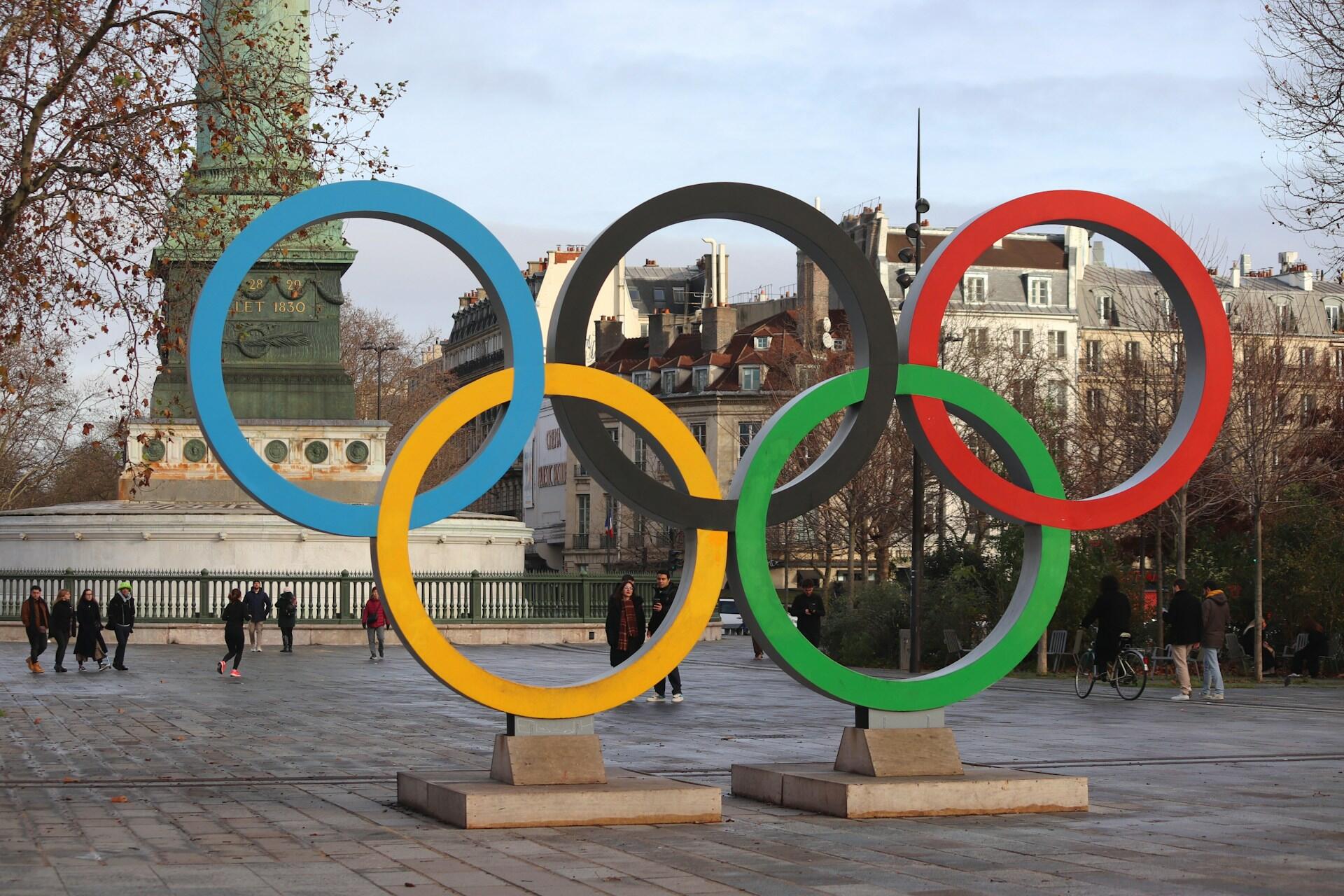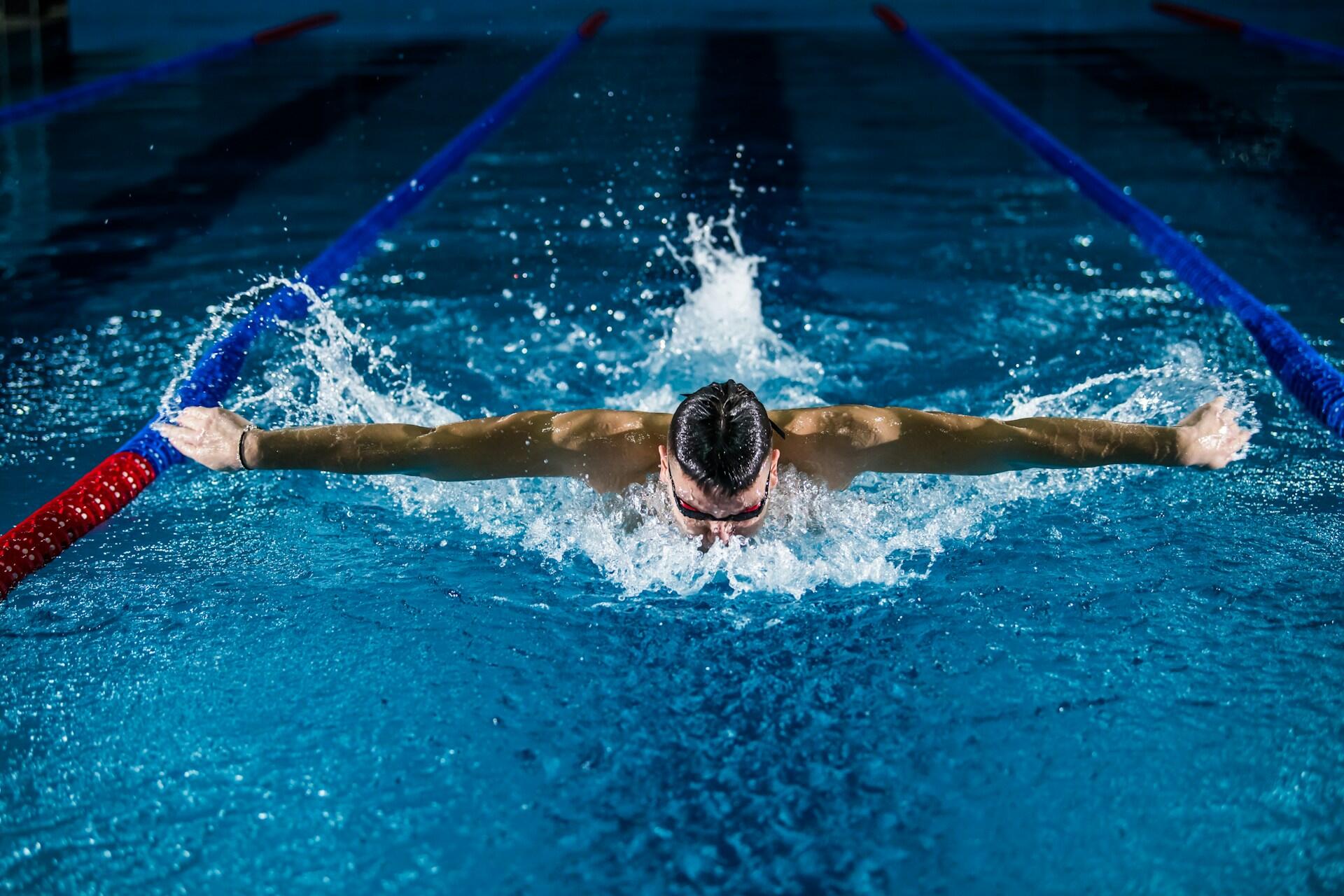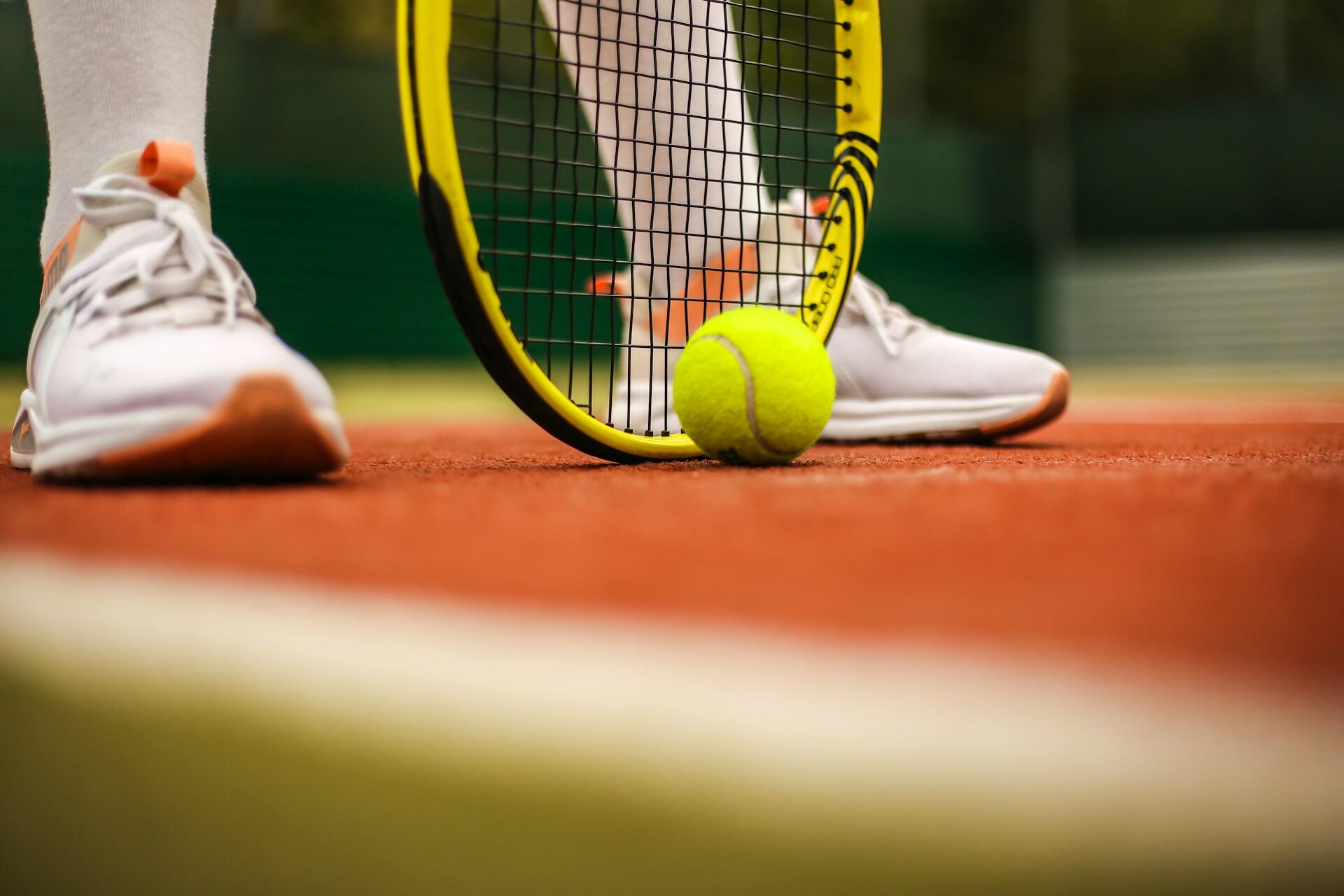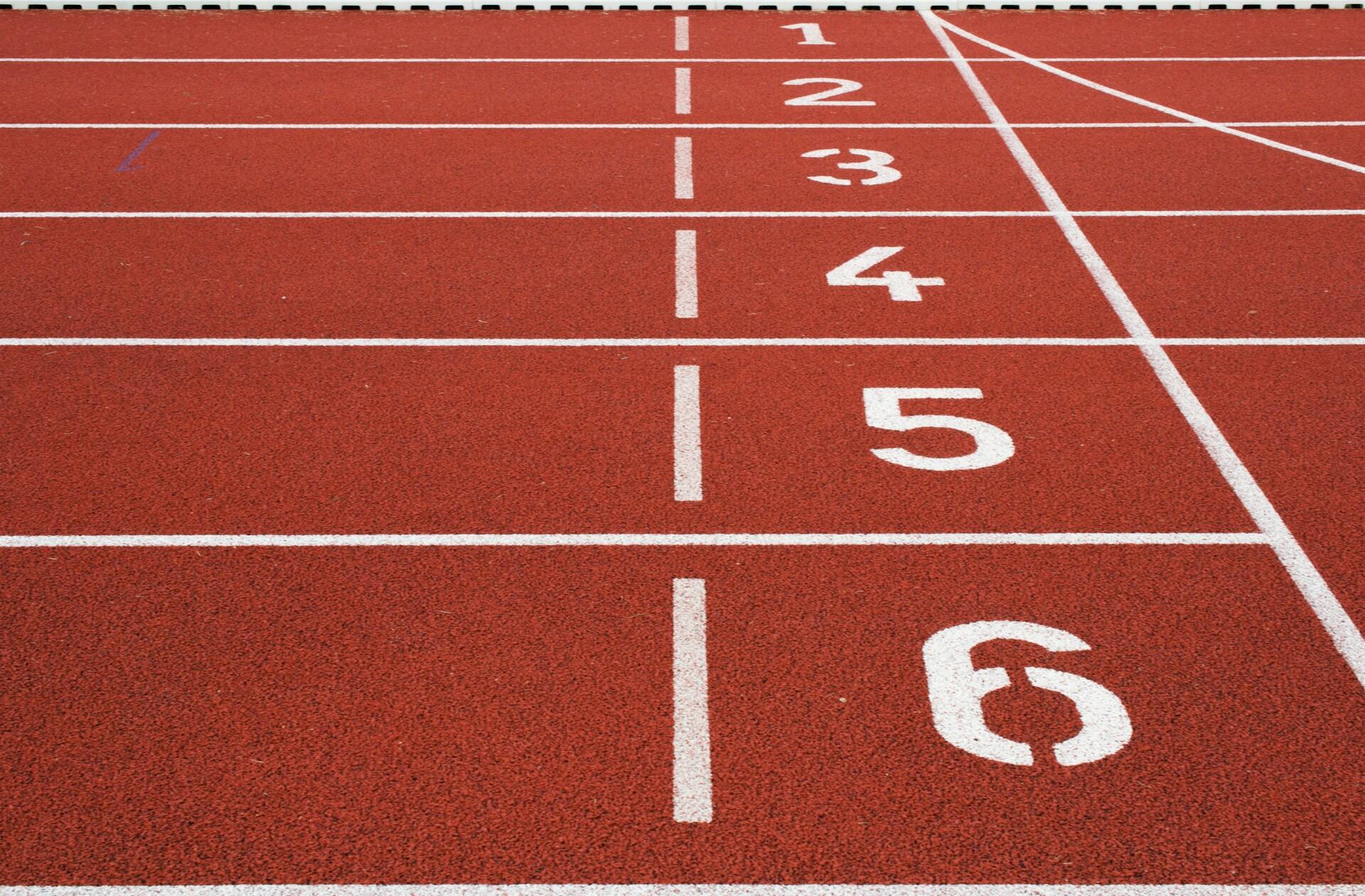Sports doping is the use of banned substances or methods that artificially enhance athletic performance. This practice has sparked some of the most significant controversies in modern sport, prompting fans to question why athletes take these risks. The real answer is complex and includes competitive pressure, financial incentives, recovery needs, and psychological factors. Let's explore precisely what doping is, why it happens, the health and ethical consequences, and how global anti-doping agencies work to protect fairness in sport.
Key Takeaways
- Sports doping is the use of banned substances or methods to artificially enhance athletic performance, from anabolic steroids to EPO and blood doping techniques.
- Athletes may dope due to competitive pressure, financial rewards, recovery from injury, or team culture, and sometimes because they believe rivals are also doping.
- Consequences include serious health risks (heart problems, hormonal damage, mental health effects), career-ending bans, and loss of public trust in sport.
- The World Anti-Doping Agency (WADA) coordinates global anti-doping rules, maintains the Prohibited List, and enforces standards through testing, biological passport verification, and education.
- Ethical debates center on thee line between medical use and enhancement, fairness across international competitions, and the protection of athletes' health and sporting integrity.

What Is Doping in Sports?
Doping in sports is simply the use of prohibited substances or methods to enhance athletic performance beyond what training and nutrition alone can achieve. However, in practice, this is harder to define. Generally, anti-doping bodies define doping as:
Taking prohibited drugs (e.g., anabolic steroids, stimulants, growth hormones like HGH, EPO).
Using techniques such as blood transfusions or chemical manipulation to boost performance artificially.
Attempting to avoid detection, falsify results, or interfere with anti-doping controls.
The substances and methods that fall under the umbrella of doping are on the annually updated WADA Prohibited List, which guides international federations and Olympic Games organizers. The substances included are banned because they offer an unfair advantage, endanger health, and undermine trust in sports, the principles that underpin the modern definition of doping in sport.
The World Anti-Doping Agency (WADA) is an independent international agency established in 1999 to lead the fight against doping in sport. WADA creates and updates the Prohibited List of substances and methods, oversees testing standards worldwide, and promotes athlete education and awareness. its role is to harmonize rules across all sports and all countries, ensuring fairness and protecting athlete health at events such as the Olympic Games.
Anabolic steroids, which are probably the best-known banned substances in sports, can increase muscle size and strength but carry the risk of cardiovascular and hormonal effects. EPO, another banned substance that readers may be familiar with, boosts red blood cell production and improves endurance. It can also thicken the blood and strain the heart. Certain items on the list also have legitimate medical uses, which can sometimes be used by athletes under a Therapeutic Use Exemption (TUE) when a drug is medically necessary and used for therapeutic purposes, rather than for performance-enhancing reasons.
The global framework is coordinated by the World Anti-Doping Agency (WADA). This agency works with international sports bodies and national organizations to better align rules, conduct tests, and educate athletes. The act of "doping" isn't just a case of using a substance; it can also cover programmes, including teams and support staff. Ongoing testing, rule updates, and education are central to the work they do to make sports in the Olympics and beyond fairer.

Why Do Athletes Use Performance-Enhancing Drugs?
The reasons behind athletes' doping can be complex, and we'll never be able to explain the rationale behind every decision to dope. Common reasons cited include competitive pressure, financial incentives, medical needs, and psychological factors.
Competitive Pressure and Fairness
The margins between winning and losing are incredibly marginal at the highest level of any sport. In elite sport, winning and losing can be separated by fractions of a second, a single lift, or a judge's score. Some athletes may feel that they have to do everything within their power to gain a competitive edge over their opponents.
Some competitors may consider taking a banned drug because they believe their competitors are already doing so. This may lead them to think that they're doping to make their sport fairer rather than gaining an unfair advantage.
In either case, doping is a complicated issue and one that is rarely going to be taken lightly by the athletes, teams, or coaches who decide to participate in it.
Financial and Career Incentives
Success in sports often comes with financial and career incentives. Winners receive sponsorships, endorsements, and long-term career security, in addition to the prize money frequently awarded for winning tournaments or events. The decision to take performance-enhancing drugs may be taken since the short-term rewards may outweigh the long-term consequences if there's a risk of positive tests or even bans.

Recovery, Endurance, and Medical Use
Certain substances are used to reduce fatigue, aid recovery from injury, or enhance training performance. We've already mentioned how steroids and EPO can improve athletes' performance while also putting their health at significant risk. The decision to use these substances may be based on the belief that the benefits will outweigh the risks of the consequences. However, as seen in high-profile cases like Russian figure skater Kamila Valieva’s positive test linked to a contaminated supplement1, even seemingly harmless medical substances can create doping risks. The decision to use these substances may be the belief that the benefits will outweigh the risks of the consequences.
Psychological Factors and Team Culture
If an athlete believes that "everybody else is doing it", then they may be more inclined to see doping or using banned substances as a legitimate decision. There have been cases of doping being encouraged or even organised at a team or national level, with athletes being pressured, duped, or encouraged to participate in doping or risk losing their place within a team. The Russian Olympics scandal, for example, unearthed a culture of accepted doping and immense pressure on athletes. Similar tensions also appear in football tournaments, where debates about governance and fairness often become politicized.


Consequences of Doping In Sport
There are many downsides to doping. For athletes, there are health risks and consequences if they are caught using performance-enhancing substances. Doping can damage the sport itself. The objective of sporting federations and anti-doping agencies is to make these consequences clearly outweigh any sporting benefits that can be gained through doping or the use of banned substances.
Health Risks and Effects on the Body
The effects of banned substances can be severe and long-lasting.
Beyond deliberate doping, supplements themselves pose hidden dangers, with a recent study finding that over one-third of sports supplements contained undisclosed banned substances.2
Legal and Career Consequences
There are also legal and career consequences for those who are caught doping.
Entire teams may also face penalties if widespread doping is uncovered, as seen in the international ban of Russian athletes during the recent Olympics.
Impact on Sport and Public Trust
Doping within a sport can undermine its credibility. When fans doubt the legitimacy of results, a sport's popularity may drop, and clean athletes may feel that their efforts are devalued. The more scandals there are, the less trust there is in anti-doping agencies like WADA. Doping can shift the narrative of sporting achievements away from skill, training, and determination, making fans suspicious. This erosion of trust also affects how fans perceive women in sports, who often face increased scrutiny regarding fairness.
Anti-Doping Measures
The World Anti-Doping Agency (WADA) leads the fight against doping in sports. WADA collaborates with national organizations, sporting federations, and the Olympic Games Committee to establish a unified framework. The annually updated Prohibited List details all banned substances and methods, such as anabolic steroids, stimulants, EPO, HGH, blood doping techniques, and other performance-enhancing drugs.
A biological passport is a digital record that tracks an athlete’s biological data, such as blood values, hormone levels, and other biomarkers, over time. Instead of detecting a single banned substance, it identifies unusual changes in the body that may indicate doping methods like EPO use, blood transfusions, or steroid micro-dosing. This approach makes it harder for athletes to evade detection. It helps anti-doping agencies spot long-term trends that standard tests might miss.
WADA and others also focus on prevention through education. Athletes, teams, and coaches are taught about the risks of substances as well as the ethical consequences of doping. This is particularly important for younger athletes before they enter high-level sports, as it's more often at the elite level where they'll be offered these substances.
Anti-doping is a high-stakes cat-and-mouse game. New drugs and methods are constantly being developed, and detection techniques can't be created until substances or methods exist. Testing has to continually adapt, and international cooperation is crucial to maintaining fairness across all levels of sport.
Testing Methods
Ethical Considerations and Fairness
Doping raises numerous ethical questions, and the debates over what constitutes fair competition in sport extend well beyond the Olympic Games and professional athletes. Doping and anti-doping shape how schools, amateur clubs, and fans view performance-enhancing substances. There's a lot to think about, but these are some of the main considerations.
Athlete Autonomy or Protection
Should an athlete be free to decide which substances they put in their body? After all, some say that adults should be allowed to accept the risks of taking drugs for performance. However, the other side of the argument is that the health effects can be devastating, and every sport has a duty of care to its athletes, protecting them from harmful choices.
Medical Treatment or Enhancement
When it comes to legitimate medical use and unfair performance enhancement, things can get quite complicated. Stimulants prescribed for attention disorders or hormones used for recovery may also come with competitive benefits. The WADA prohibited list attempts to draw this line, but it can be very complicated to decide at which point a substance or intervention is for medical or sporting reasons.
Fairness Across Sport
Doping is often framed in terms of fairness in sport. This fairness isn't just a matter of sports, as athletes from wealthier backgrounds or stronger teams usually already have a financial advantage over their competitors before doping is even discussed.
Wealth can also provide access to advanced methods, sophisticated medical staff, and ways of evading anti-doping tests. In international competitions, especially, this can make competitions largely unfair, highlighting how questions of governance and politics shape sport, an issue further explored in the intersection of politics and sports.
Sporting Integrity
Many view doping as undermining the values of sports, such as discipline, effort, and talent. This isn't to say that athletes who dope don't display all of these; it just means that when results are influenced by banned drugs or substances rather than just these values, athletes and fans can feel that these values were mitigated through doping. Anti-doping agencies invest heavily in testing and education, ensuring that the only variables in sporting competition are those that are integral to the sport.

Real-Life Examples of Doping in Sports
Throughout history, doping has been a persistent issue in sports. After all, the reasons that encourage athletes to consider using banned substances have pretty much always existed, even from as early as the original Olympic Games!
Ancient Greece
Early Use of Natural Substances
Athletes consumed animal parts, including sheep’s testicles, to boost strength and hormone levels. While not comparable to modern drugs, this reflects early attempts to enhance performance.
1988: Seoul Olympics
Ben Johnson’s Positive Steroid Test
Canadian sprinter Ben Johnson won the 100m final but was stripped of his gold medal after testing positive for anabolic steroids, one of the most infamous doping cases in Olympic Games history.
1999–2012
Lance Armstrong’s Systematic Doping
The seven-time Tour de France champion admitted to taking EPO, blood transfusions, and other banned methods, supported by his team and staff. He received a lifetime ban and was stripped of all titles from 1998 onward.
2015–Present
Russian State-Sponsored Doping
Evidence of widespread test manipulation led to bans on Russian teams from multiple Olympics and international competitions. The scandal highlighted how doping can extend beyond individuals to entire sporting systems.
2016
Maria Sharapova’s Meldonium Case
The Russian tennis star tested positive for meldonium, a substance she said she had been using for medical reasons. The drug had only recently been added to WADA’s prohibited list, sparking debate about fairness in enforcement.
References
- Ewing, L. (2024, April 12). Valieva’s cocktail of medicines raises concerns around supplement dangers. Reuters. https://www.reuters.com/sports/valievas-cocktail-medicines-raises-concerns-around-supplement-dangers-2024-04-12/
- Snape, J. (2025, April 9). One third of sport supplements expose athletes to risk of doping, study reveals. The Guardian. https://www.theguardian.com/sport/2025/apr/09/sport-supplements-athletes-wada-doping-tests-ntwnfb
















